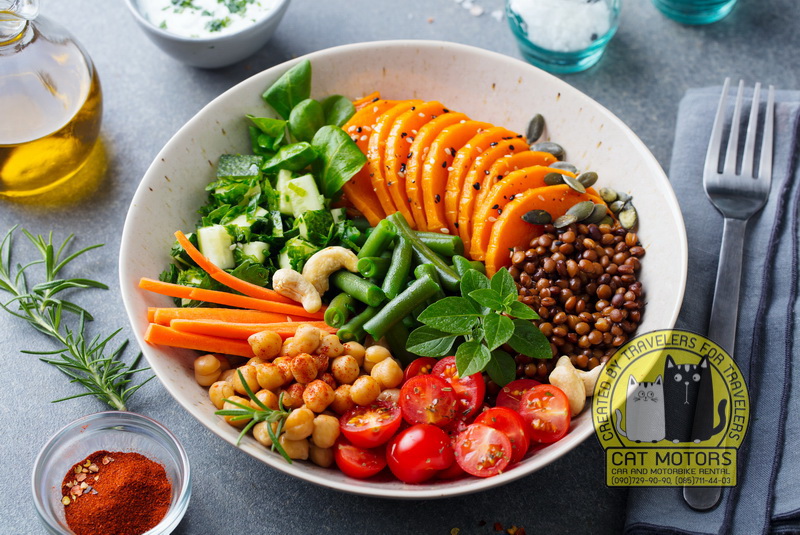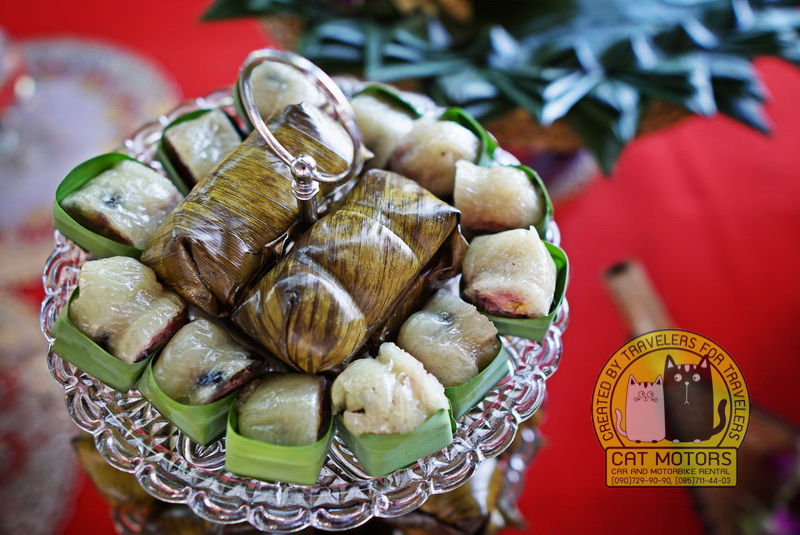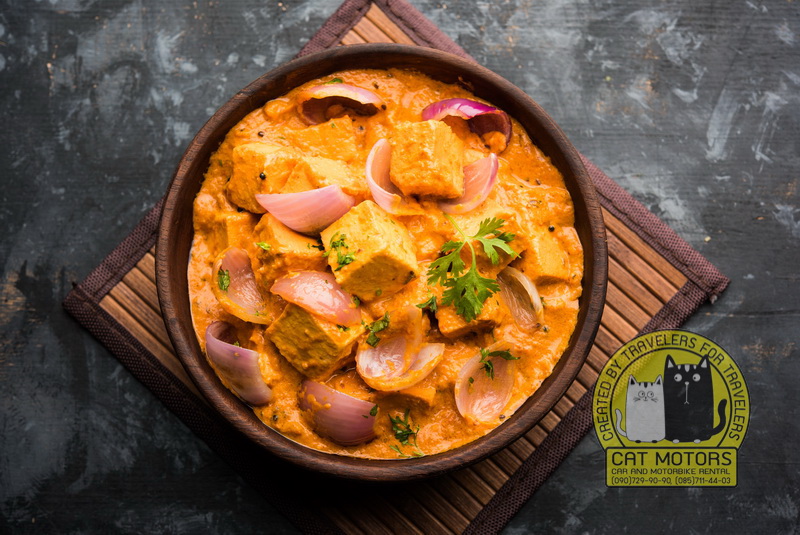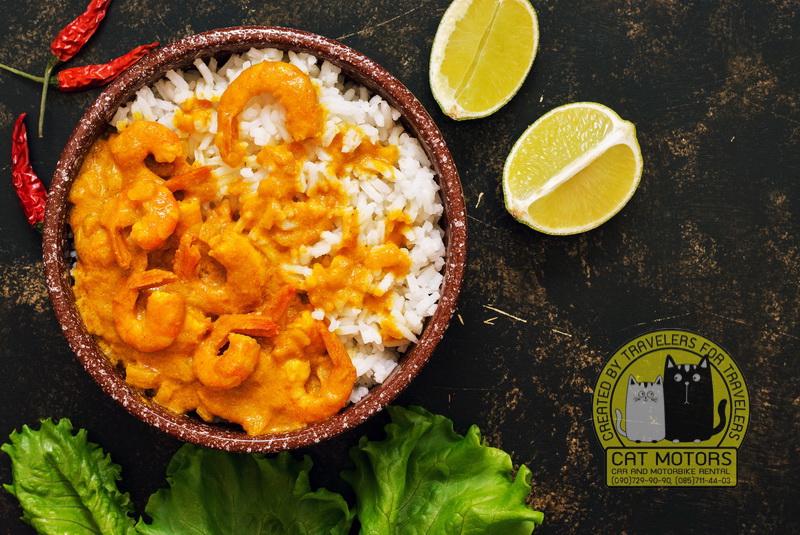Local Foods
Cooking habits differ from the other regions in Northern Thailand. The Shan have their own culture and culinary practices, especially in eating rice. The Shan will not consume sticky rice for their main diet; however, they will consume cooked rice, a tradition from the past.

Chili sauce is an important food of the Shan made from minced pork, seasonings, and dried groundfish. Shan cuisine is famous for its spicy curries, such as Gang Hung Lay and other vegetable curries including lettuce curry, ivy gourd curry, and various gourds curry; popular salads are bamboo shoot salad, mango salad, star fruit salad, animal skin salads, and other vegetable salads.
Shan Sweets
Shan sweets are either general or seasonal. General sweets, like Suaytamin, made from steamed sticky rice mixed with sugar until it feels sticky, are mixed with coconut milk and baked until done. A-la-wa is similar to Suaytamin, but it is made with wheat flour.

Pengmong is made by mixing fermented flour, stewed coconut milk, and sugar; it is then poured onto a tray and baked. More coconut milk is added, and it is cooked again.
Other sweets made by using leaves to wrap sticky rice, banana, and boiled beans are Khao tom glawy, Khao tom mud, Khao tom tua, Khao tom kati; the sweets are then steamed.
Tua Nao Cab
Tua nao, a product from soybeans, is used for seasoning. It is a practice of eating simple, derived from the ancient people. Tua nao cab makes foods smell and taste good.

The Mae Hong Son province has many areas both in the plains and mountains that cultivate soybeans. Today, Tua nao cab is a primary crop in the Mae Hong Son province; the Shan use it as the principal ingredient in almost every kind of food: vegetable curries and beef and fish dishes.
